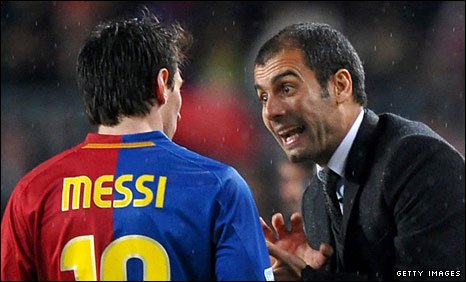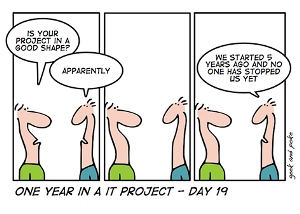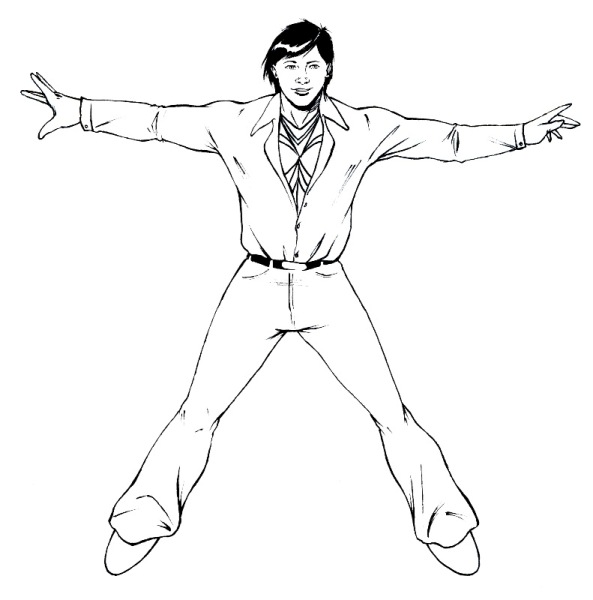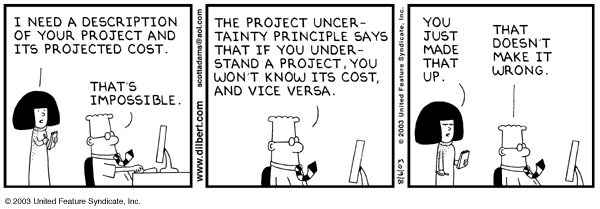The PEOPLE CATALYST, the Fifth and last Project Soft Power Role
Finally we come to the last role, the PEOPLE CATALYST. Where the TEAM COACH enhanced the effectiveness of the team, the PEOPLE CATALYST uncovers people’s hidden talents for the benefit of the team and the project.
The successful project leader is not only an outstanding team coach, he also knows how to unleash individual people’s talents, and to support the expression of individual’s potential.
His appreciative way of looking at individual’s talents will be sometimes destabilizing, because he will look beyond the conventional professional identity of people to appreciate their overall potential. To the remote observer, strange things will happen as people suddenly start doing activities that are quite distinct from what they would have been expected to do as professionals in a certain field.
Through this appreciative action, the project leader not only releases talents that will ensure the success of the project. He will also create a strong emotional linkage with the person which will last long beyond the completion of the project, and puts the seed of people’s future development in a radically entrepreneurial act.
The People Catalyst role is about developing a deep, appreciative view of people and identify how their talents could support the project. Beyond people’s professional identities, the successful project leader can catalyse evolutions in team member’s roles and identities, bringing them and the project tremendous value.
How much do you catalyze people’s development in your team?
Project Soft Power is now out to the world!
Project Soft Power – Learn the Secrets of the Great Project Leaders on Amazon.com
and Kindle














Take Risks, but Take Risks the Right Way: Reframing the Opportunities and Risk Process for Complex Projects
Risk & opportunity management, as done traditionally in project management, is not effective for complex projects. It often becomes a bureaucratic exercise only done to give comfort to the organization and its auditors. Yet, if done well, leveraging opportunities and managing risks can greatly enhance the project’s and organization’s success. What is usually done wrong and how can we fix that?
why are Monte Carlo approaches not giving a good vision of the actual project risks?
In our new groundbreaking White Paper 2012-11 “Take Risks, but Take Risks the Right Way: Reframing the Opportunities and Risk Process for Complex Projects”, we examine what are the conventional risk management approaches, and why they can’t apply to large, complex projects. For example, why are Monte Carlo methods not giving a good picture of actual risk levels?
We further revisit the conventional risk management organizations to propose a way forward that will really account for the risks in large, complex projects.
Learn what your real risks are and how to reframe your project risk management process in our White Paper 2012-11 “Take Risks, but Take Risks the Right Way: Reframing the Opportunities and Risk Process for Complex Projects”.